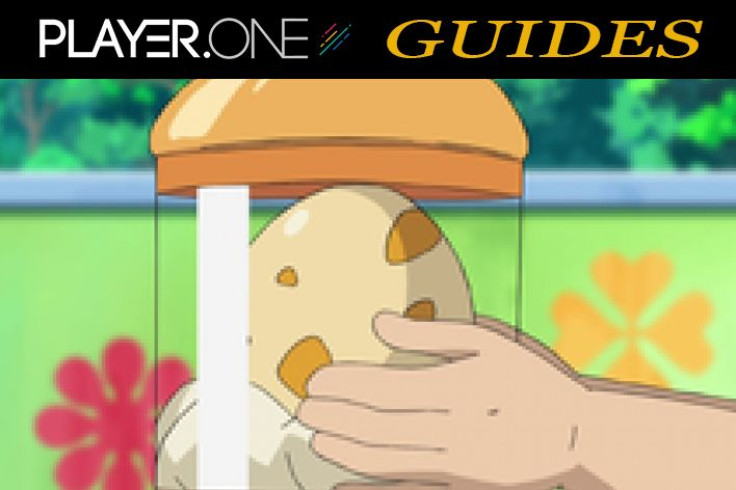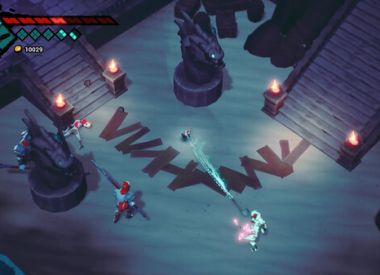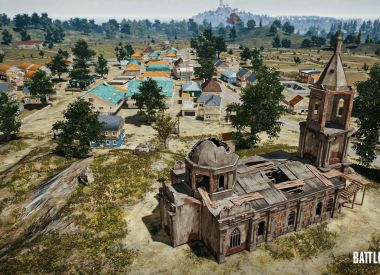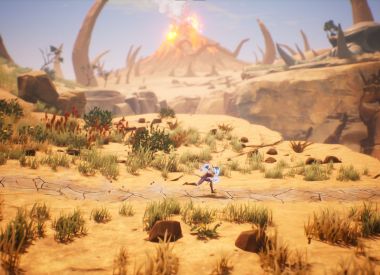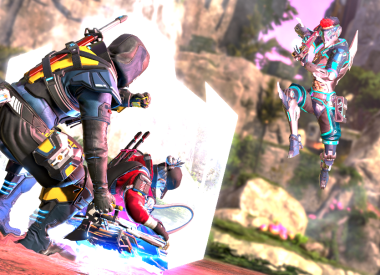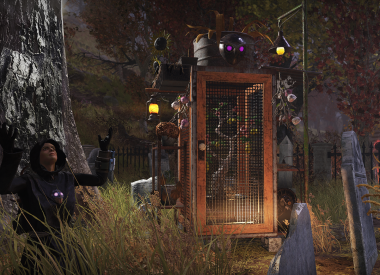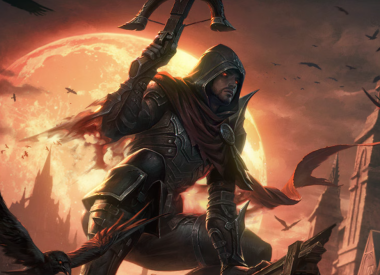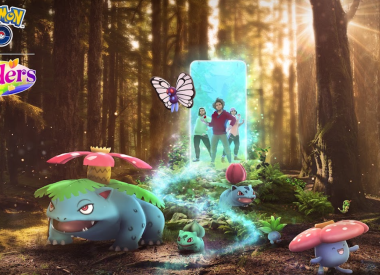Once your Pokémon Ultra Sun and Ultra Moon adventure has concluded, trainers will want to prepare their teams for some competitive battling and the best way to do so is by breeding.
Breeding Pokémon has become a staple of the games for years now and in Ultra Sun and Ultra Moon makes it easier than ever.
The mechanics of breeding in Ultra Sun and Ultra Moon are pretty much the same as in Sun and Moon but it’s good to refresh on the basics and update the locations of certain items that will help trainers breed faster and more efficiently.
Also, once you’ve bred your Pokémon, be sure to EV Train them to get the most out of their potential.
BASICS
The Pokémon Nursery in Ultra Sun and Ultra Moon can be found in Paniola Town on Akala Island. Trainers can leave two Pokémon with the DayCare breeders and if you leave a female and male Pokémon, you may get an egg.
To get an egg, the female and male Pokémon need to be of the same species or Egg Group. We’ll get into Egg Groups in a bit, but the surefire way to get an egg is to put together two Pokémon of the same species with different genders.
It’s important to note that the Pokémon in the egg will hatch to be the same as the female.
The Pokémon Ditto is an exception to this rule. Trainers can breed any Pokémon regardless of gender with a Ditto to get that Pokémon. This is also the method to breed genderless Pokémon like Voltorb and Magnemite.
NOTE : Ditto can be found on Route 10 (Ula'ula Island)
Pokémon also need be adults and not baby Pokémon like Pichu and Elekid.
The rate at which eggs appear depends on a few factors. Some Pokémon just take longer to have eggs. Another factor is if the parents are of differing species. Two Pokémon of the same species will have an egg faster than two different species.
Also, two Pokémon from two different trainers will also have eggs faster than two Pokémon from the same trainer. So trading is encouraged even more.
Trainers can also pick up an Oval Charm by defeating Morimoto in the Game Freak building in Heahea City after you become Champion. This item will increase the rate of eggs.
Hatching eggs is another story altogether. Eggs only hatch when surrounded by Pokémon and become more likely to hatch as you take steps. The amount of steps needed to hatch depends on the Pokémon but you can speed up the process by having a Pokémon with the Flame Body or Magma Armor abilities.
The new upgraded Rotom Dex can also help speed up egg hatching if you have the Roto Hatch item.
EGG GROUPS
Egg Groups are important for those trainers that are breeding Pokémon of different species. Pokémon of the same species are already of the same egg group, so there’s no problem, but for the sake of obtaining special egg moves -- more on that below -- you’ll want to match two Pokémon of the same Egg Group.
Serebii has a comprehensive list of Egg Groups, here .
Again, having two Pokémon from different species will likely take longer to produce an egg.
NATURES
Natures are very important in the development of a Pokémon. A Nature can determine which stat grows faster than normal and which grows slower than normal.
When it comes to breeding for Natures, the hatched Pokémon will have a random Nature, but if you want a particular Nature there is an item that can guarantee the egg Pokémon will hatch with it. That item is the Everstone, which can be found when you rebattle Ilima in his house after you become Champion or purchased in the Royal Avenue PokeMart.
To guarantee the Nature you desire, let the parent with the desired Nature hold the Everstone and it will pass the Nature down to the child. The sex of the parent holding the Everstone doesn’t matter.
Here’s a table of every Nature and what stats they affect.
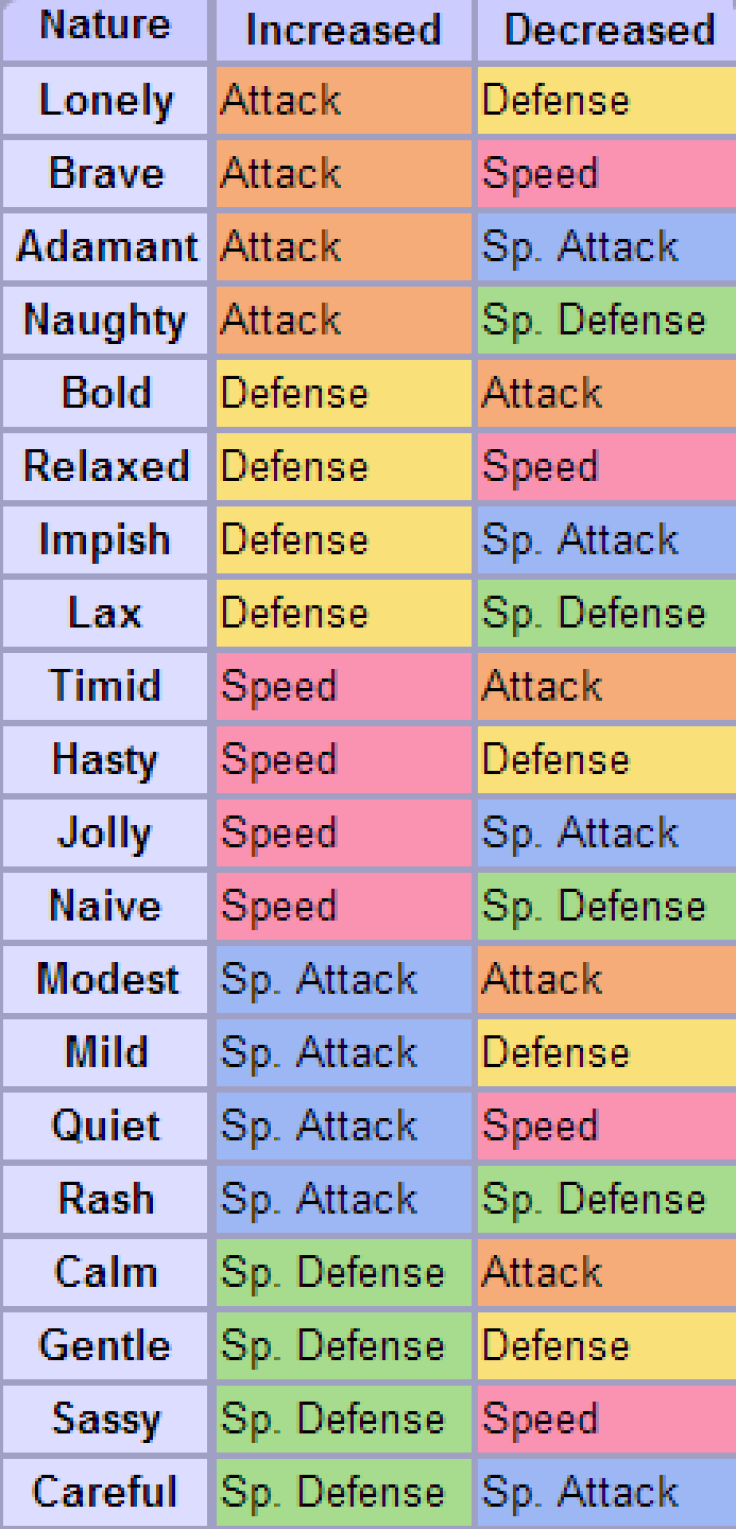
IVS
Individual Values or IVs are a Pokémon’s specific character that affects how much stock is put into individual stats. Each stat of a Pokémon ranges from 0-31 -- with 31 being the max -- and to figure out which stat is strongest, the summary gives trainers a characteristic.
The list of characteristics and which stat is maxed out can be seen in the table below.

In regards to breeding IVs, three IVs of the parents are passed down to the child and the rest are randomly generated, but which stats are passed over can be determined via special items.
Power Items will pass down the IV of the parent holding the item. Each specific Power Item passes down a specific stat. You can find a description of each item below and you can find them in the Battle Royal Dome for 16 battle points.
Power Anklet - Reduces Speed but allows holder’s Speed stat to grow
Power Band - Reduces Speed but allows holder’s Sp. Def to grow
Power Belt - Reduces Speed but allows holder’s Defense to grow
Power Bracer - Reduces Speed but allows holder’s Attack to grow
Power Lens - Reduces Speed but allows holder’s Sp. Attack to grow
Power Weight - Reduces Speed but allows holder’s HP to grow
The Destiny Knot can also help pass down IVs of the holding Parent Pokémon. The Destiny Knot passes down five of 12 stats to the child.
The location of the Destiny Knot in Ultra Sun and Ultra Moon is in the Battle Royal Dome. You need to purchase it for 48 battle points or you can have a Pokémon with the Pick Up ability find the item on Route 14 after a battle.
NOTE: The Power Items will override the Destiny Knot’s effects.
Also, the new Hyper Training feature will allow trainers to change IVs simply using Bottle Caps. Hyper Training will be documented in our Training Guide.
EGG MOVES/HIDDEN ABILITIES
Pokémon can learn certain moves via breeding that they can’t learn by other means. These Egg Moves have become easier to pass down as in previous generations, the male needed to have the Egg Move. But as of Gen 6, either gender can pass down an Egg Move.
For example, if you want your Tyrunt to learn Dragon Dance you will have to mate with a male Pokémon that knows Dragon Dance via level up or breeding and is of the same Egg Group as Tyrunt. For this example, Gyarados matches it perfectly as it learns the move via level up and is the same Egg Group.
When it comes to Hidden Abilities in Pokémon Ultra Sun and Ultra Moon you can find them in the wild using the Ally Chain method that is detailed in our Shiny Hunting guide.
The more allies arrive in a battle, the higher the chance of it having a Hidden Ability.
This isn’t the most efficient method to finding wild Pokémon with a Hidden Ability but if you use a Pokémon with the Trace ability, for example, to find out what it’s ability is you can find the one you want.
When it comes to breeding, the female Pokémon with the Hidden Ability has a 60 percent chance of passing it down. It’s around 60 percent if any gender Pokémon with the Hidden Ability breeds with a Ditto but it is crucial for the female parent to have the Hidden Ability.
- Difficulty is challenging
- Post game is great
- New features and additions are welcome
- Story is muddled
- Not enough changes


